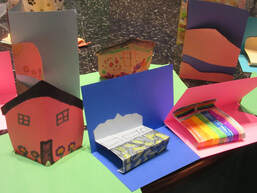
“Please help, he’s totally lost. The worksheets arrive on the computer screen with absolutely no instructions. I don’t know what to do.”
“Can you help? She did so well in your program, but now, she just sits and cries.”
“You have to find a way to help; we can’t go on like this. They send so many worksheets that it takes him all day and part of the night to finish.”
Teachers, parents, and students are completely and totally frustrated trying to do online education, but, as we discussed in my last blog post, simply opening the schools, rolling out the school buses, and packing the students back into the classrooms during a pandemic is not the best answer. So, what can we do?
Like everything else, my reading clinic is closed because of the coronavirus. The safety of our children always comes first. I am presently developing an online program for this summer. It’s not easy. First, we are a volunteer organization on a very limited budget. Second, I run a group-centered program that emphasizes both learning and counseling. How do I put that online? That’s also the question many teachers are asking.
How do I teach my students online? The answer is not by attaching as many worksheets as possible to the school computers. Yes, as I’ve said before and will say again, there are many teachers out there who are doing a phenomenal job, very creative and totally engaging their students in the learning process. Unfortunately, there are also many teachers out there who are simply attaching one or two worksheets each week and saying to themselves, “that will do.”
No, it will not do. It is not safe to send students back to school, so how can we help teachers do a better job of teaching online? Yes, there is a difference between teaching online and simply putting worksheets on-screen.
Professor Andy Hargreaves at Boston College stated that the important thing is “keeping kids engaged with learning and the idea of learning.” Professor Hargreaves gives 19 suggestions. Let’s look at some of his ideas:
“Don’t send parents heaps of worksheets.”
Yes, some teachers are just stuffing one worksheet after another worksheet on the school computer and sending it home to the students. Often, teachers do not even explain how to complete the worksheet. These “on-screen teachers,” as Hargreaves labels them, rarely, if ever, send videos or instructional information home to the students. The student just gets a pile of worksheets. The only difference is that instead of photocopying the worksheets for the classroom, the teachers are placing them on-screen. Sorry, I do not classify that as teaching. We must do better.
Look at this time of homeschooling as an “opportunity for learning, not an interruption.”
In other words, be positive. This message goes for teachers, parents, and even students—even for grandparents, I know I am working hard to create exciting, engaging lessons for my grandson, but I am also looking at the four hours a day that I am teaching him as a gift. I know that I do not get this opportunity all the time. I want to make the best of this time, and as a psychologist, I want to support his mental health as well as his education. Children and teens are sad. This time of quarantine has been hard on them. Yes, it has been hard on parents and teachers as well, but we must remember every day to reach out and try to brighten the world of any and all students that we have the opportunity to teach and work with.
Each day we should try to help students “learn a new skill.”
This suggestion is particularly appropriate. Imagine what would happen if teachers sat down each week to prepare their online lessons, asking themselves—"What new skill can I teach my students this week?” The same can be said of students. What if they turned on the computer on Monday morning asking, “I wonder what new skill we’ll be learning this week?” Wow! What a different approach to education.
I have the children make pop-up books at my reading clinic, and I have introduced making pop-up books to my grandson. We are on to our second pop-up book. Recently, I’ve been using pop-up books to teach science lessons. I showed pictures of our coral reef pop-up book earlier. Our next plans are to make a pop-up outer space book, If pop-up books are a little more than you want to tackle, try something simpler.
Even young children can make a picture book. Staple several pages of paper together. Have the child think of a story that they want to tell. Then, they may color a picture for each step in telling the story. Once they have finished the pictures, you can sit down with the child and help them write their story, or you can write the story for very young children.
With a video or Skype lesson, children can make all kinds of projects at home. Make them new, different, and hands-on. Research tells us that hands-on learning is the absolute very best way to teach students of any age.
See my previous post, "Should Schools Be Reopened?"
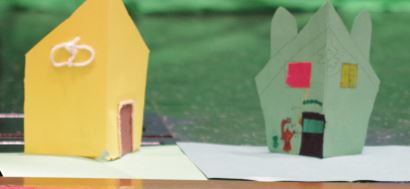
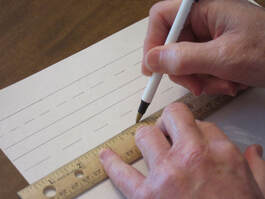


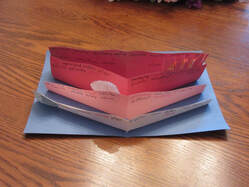
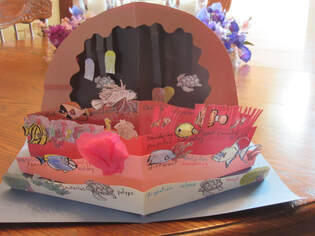
 RSS Feed
RSS Feed
